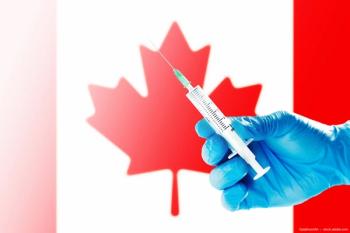
Telemedicine may help identify, treat diabetic retinopathy
With diabetes cases worldwide expected to double in the first 30 years of the 21st century, telemedicine might be a pathway to ensuring that more patients receive care, and thus, prevent complications from retinopathy, said P. Lloyd Hildebrand, MD, Dean A. McGee Eye Institute, Oklahoma University Health Sciences Center.
With diabetes cases worldwide expected to double in the first 30 years of the 21st century, telemedicine might be a pathwayto ensuring that more patients receive care, and thus, prevent complications from retinopathy, said P. Lloyd Hildebrand, MD,Dean A. McGee Eye Institute, Oklahoma University Health Sciences Center.
"Remote retinal imaging with centralized interpretation allows for increased access, quality, and efficiency," he said. Thisis especially true for a largely rural population.
Putting together a telemedicine program is not easy, however, Dr. Hildebrand said. He offered a 10-step approach:
- Decide whether you want to target detection or diagnostic evaluation. This knowledge will affect the protocols andtechnologies you'll implement.
- Plan to measure the quality of your efforts through five parameters: reproducibility, technical referral rate, number ofungradeable eyes, accuracy, and compliance.
- Develop a viable business model. "This may be the biggest problem to developing a program, especially in the UnitedStates," Dr. Hildebrand said. "Margins are tight, and you're dealing with highly variable health plan reimbursementpolicies."
- Generate useful reports.
- Push compliance. Programs that drive compliance, such as disease registries and call systems, will be important.
- Educate, educate, educate. Because much of diabetes is a primary-care disease, enlist the help of primary-care physiciansto inform patients about the seriousness of diabetic retinopathy and to encourage them to participate.
- Plan for the outliers-you will encounter patients who have other pathologies.
- Provide a solution; have an outlet to provide treatment.
- Understand the barriers, whether those are geographical, governmental, etc.
- Understand that many questions about retinopathy remain to be answered.
Newsletter
Don’t miss out—get Ophthalmology Times updates on the latest clinical advancements and expert interviews, straight to your inbox.


















































.png)


